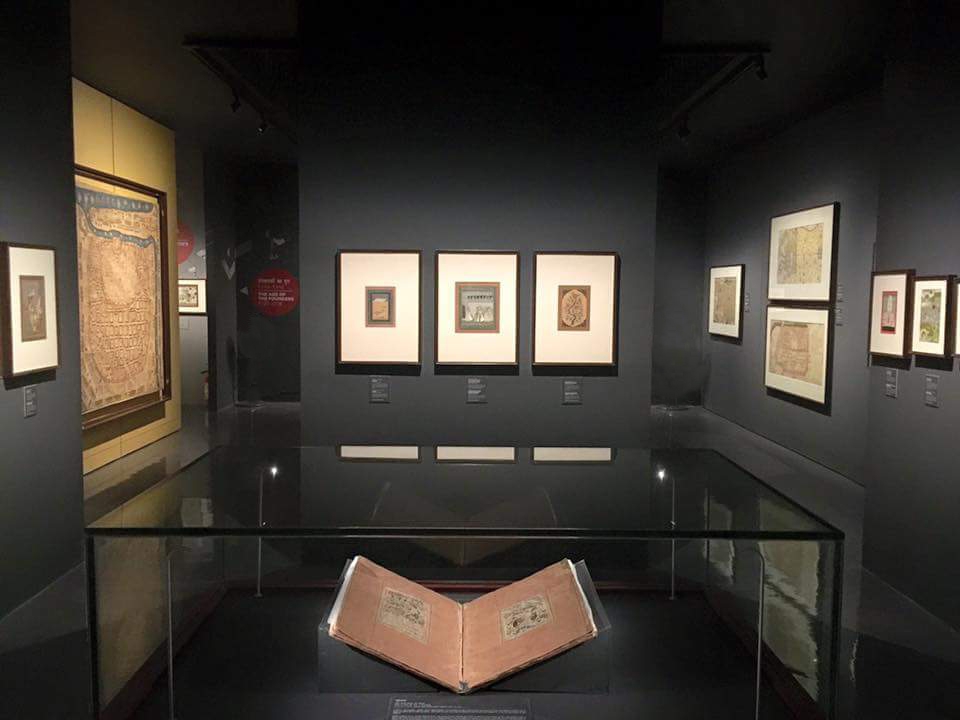
The newly opened museum space for Paintings and Photography at the Sawai Man Singh II Museum, at the City Palace, Jaipur showcases never-before seen art and traces the story of the region as it moved from documenting their history through paintings and transitioning into the 19th century invention of photography. Visitors are equally impressed by the world class design of the galleries.
Architect Abhhay Narkar speaks to Eka Cultural Resources Director Deepthi Sasidharan.
Deepthi: Tell us a bit about your history of working with museums and why it excites you.
Abbhay: Museums provide an opportunity for people to experience and interact up closely with objects that are unique and it is a place where younger generations come face to face with their history and recognise the achievements of those who came before them.
As a designer, the museum is an opportunity to create a social space that promotes better understanding of our collective heritage, foster dialogue and make it possible for self-reflection and assimilation. Hence, besides an exciting design opportunity, it is also a social responsibility.
Museum design demands a self-exploratory exercise that must allow the visitor to engage with the display tactics and the objects presented therein. The experience of each museum or gallery has to be distinct, depending upon the profile of the visitor and the type of display and of course, the underlying purpose of the exhibition.
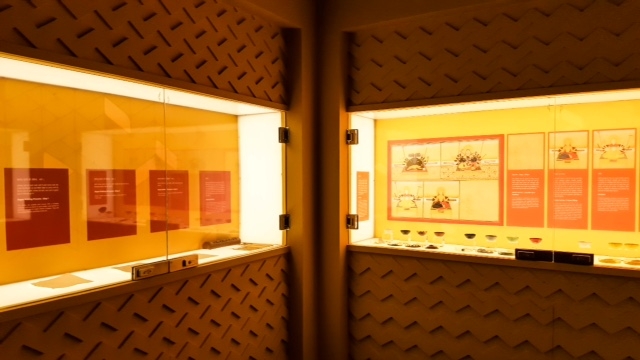
The Delhi Art Gallery at Hauz Khas Village, an award winning project, was the first gallery designed by Vertex Inc. It’s a subtle, sophisticated space for the discerning art lover. It aptly projects our design ethos based on a modernist but still very Indian presentation. The rural palette of colour interspersed by monolith stone carved space, the lattice facade reminiscent of the old jaalis pay homage to the Hauz Khas Fort nearby.
The gallery showcasing the military and diplomatic careers of the Maharajas of Jaipur at the Jaigarh Fort is part of the brief of turning a public space into an integral part of the visitor experience. The gallery celebrates the fort building and at the same time gives a glimpse into the public life of the Jaipur kings. Here, our approach has been “respect the past but build in the present”.
The heritage setting allowed us to explore new possibilities within the existing architectural fabric celebrating design in a contemporary manner.
Deepthi: What was the brief given to you by the client and curators? What struck you as the most challenging part initially?
Abhhay: The client brief was short and only specific to the fact that we had to design a space that would showcase original pieces of art and photography from the Maharaja’s collection for the first time in their history. In addition, the curatorial department at the City Palace Museum, and the consultants, Eka Archiving Services, had the interests of the collections as a requirement as well.
For this project, we were presenting very rare, valuable original art works, most of it for the first time and we felt a tremendous sense of responsibility. The brief was to transform the museum into a world class space, adhering to institutionalised standards of such spaces, and at the same time cater to visitors in Jaipur, many of whom are first time museum goers. At the same time, the city gets its share of tourists, well-traveled Indians as well as international visitors, who are used to seeing museums globally, not to mention the scholars, academics, artists, and the local schools and college groups.
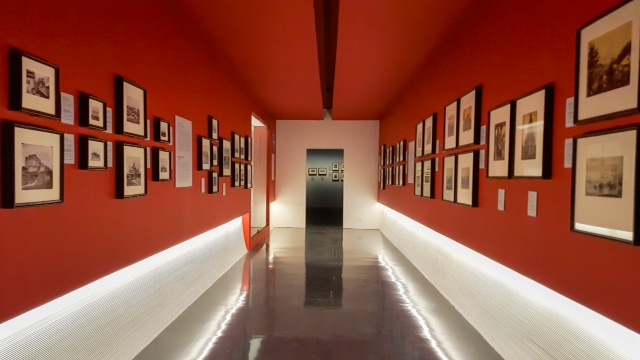
The challenges were just as unique. The galleries were accessed from a heritage complex that houses the famous and beautiful 20th century Mubarak Mahal. The visitor flow through the various rooms had to be designed with the aim of promoting linear flow of movement for large groups of visitors to move through the space – enter through one particular spot from the courtyard and exit into the courtyard from another. At the same time, the museum space needed to have the flexibility to change, to accept additions and subtractions, and also to accommodate future exhibitions with different exhibits and scope for walls to move/rotate, etc.
Another factor was working within a tight budget that excluded the possibility of temperature control through air-conditioning. Keeping the safety requirements of the art and at the same time being aware of large visitor numbers, I had to cater toward keeping temperature fluctuation at a minimum.
Deepthi: Were the objects – the antique paintings and photographs an inspiration for the design? If yes, what elements did you borrow and why? What was your design philosophy?
Abhhay: Yes and no, both. We, as design team in the studio, discussed it at length and in the end the basic concept of the space was inspired by the antique paintings. The curatorial narrative traversed the breadth of time, starting from Maharaja Sawai Jai Singh II and ending at Maharaja Sawai Man Singh II, representing paintings and later, photography. The colour palette therefore starts from dark grey to light grey showcasing the change in the medium of artwork from paintings to photography.
The curatorial team of Dr Giles Tillotson and Eka had extreme clarity as to how and what had to be displayed. The sequence of the experience of the space is in complete harmony with the exhibit sequence. We have paid homage to these antiques by displaying them as jewels that take center stage and removing all other visual clutter.
And the ‘no’ in my answer rests on the fact that I had to pay attention to technical conditions, the size of the artworks and their intrinsic requirements of display. To give an example: The curators were very specific about the lighting standards and the required lux levels. The paintings cannot be exposed to harsh lights because they were light sensitive. The sizes of the artworks presented other challenges; sequentially, they started as large paintings and ended in smaller photographs, leading us to dub this as transition.
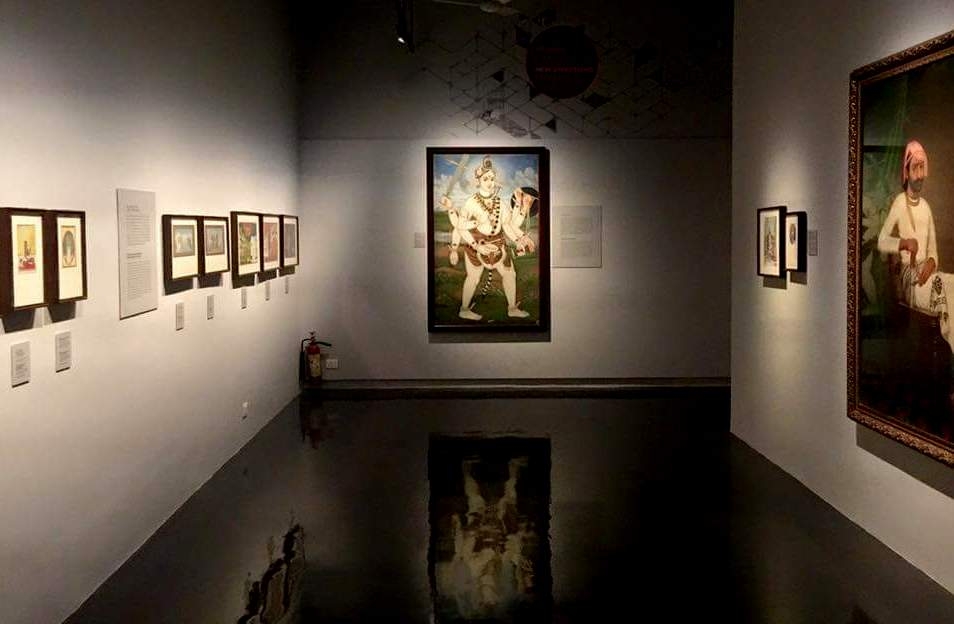
We also brought in the element of leheriya – a pattern used in the graphics, false ceiling lighting, textures on display cabinets. Leheriya is, of course, also a traditional Jaipur pattern, well-known and recognised. But in the museum space, it’s a very subtle borrowing of the pattern. The graphic design is also very modern and international. We did not stick to the cliché of making it intensely Rajasthani or symbolic in that sense!
Deepthi: You were working in a very well known historic museum. Did the Palace Complex present any issues?
Abhhay: Not really. Princess Diya Kumari leads the way in presenting a heritage historic space in a modern way and the curatorial team was informed and professional. It’s a pleasure to work with people who are guided by their passion for authenticity and research, such as Dr. Gilles Tillotson, KG Pramod, Mrinalini, and all the others who helped us in so many ways. It would be a joy to see this complex revitalized.
What do you hope visitors will take away from this experience?
I quote the late Emmanuel N. Arinze, President of the Commonwealth Association of Museums who stated that museums “hold the cultural wealth of the nation in trust for all generations and by its function and unique position, have become the cultural conscience of the nations.”
I am pleased to be part of an eagerness to engage with heritage and culture in India by presenting it as a contemporary infotainment activity. In today’s Smart India there is a dire need for museums and I think we designers have a role to play.
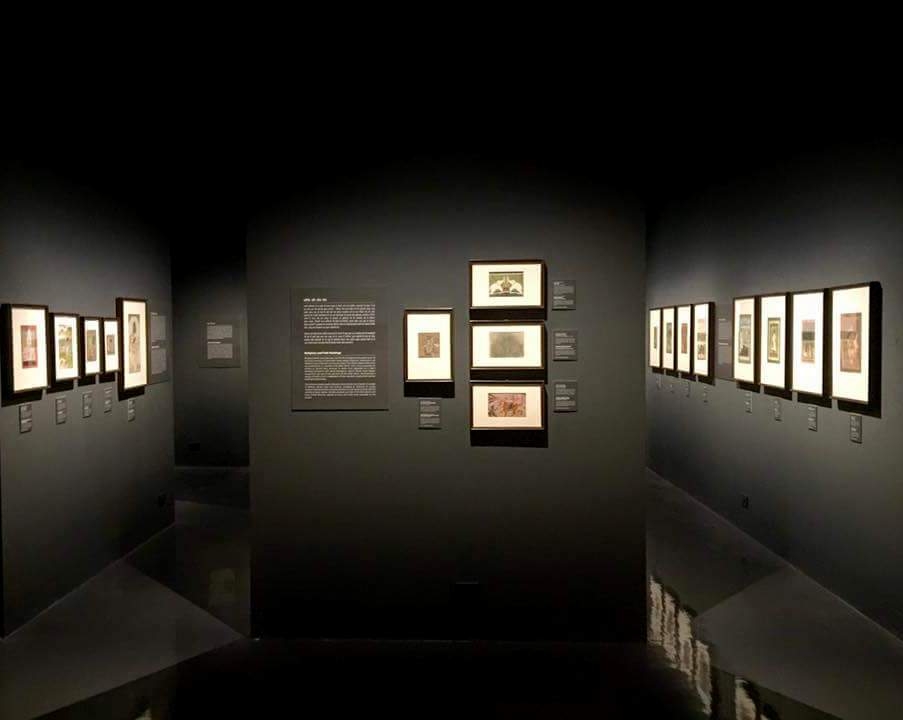
Deepthi: Anything else?
Abhhay: I must thank my partner Aruna Bhardwaj who took on a lion’s share and looked into making the concept a reality. All technical details and the site progress and supervision were mostly handled by her. The meticulous work of putting together the fragile exhibits, understand the conservation needs with curators and finally weave them into the design was a mammoth task, and she navigated the job with seeming ease.
Prateeq Kumar worked on my basic brief of keeping the Graphic design simple yet modern and of international standards without making it ethnic and dated. And the results are for all to see and the compliments we continue to receive.
About the interviewee and interviewer
 Abhhay Narkar is Director at Vertex Inc. A graduate of SPSMBH’s College of Architecture, Kolhapur, Abhhay set up his design studio in year 2002. He focuses on speaking in a contemporary global language of architecture and spontaneously developing an indigenous design practice.
Abhhay Narkar is Director at Vertex Inc. A graduate of SPSMBH’s College of Architecture, Kolhapur, Abhhay set up his design studio in year 2002. He focuses on speaking in a contemporary global language of architecture and spontaneously developing an indigenous design practice.
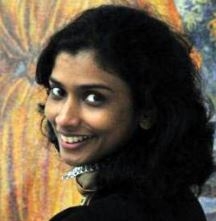 Deepthi Sasidharan’s intensive research stints at the Metropolitan Museum of Art, New York and in Aveiro, Portugal combine with her academic qualifications in museology to provide a comprehensive approach to the collections that we work with. She has curated several exhibitions for important private and Government collections, including those at the Chowmahalla Palace and Salarjung Museum, Hyderabad and was until recently the Chief Archivist at the Tata Central Archives, Pune.
Deepthi Sasidharan’s intensive research stints at the Metropolitan Museum of Art, New York and in Aveiro, Portugal combine with her academic qualifications in museology to provide a comprehensive approach to the collections that we work with. She has curated several exhibitions for important private and Government collections, including those at the Chowmahalla Palace and Salarjung Museum, Hyderabad and was until recently the Chief Archivist at the Tata Central Archives, Pune.








deepti great to go through your interview and see pics of the gallery.. so stark yet evocative..